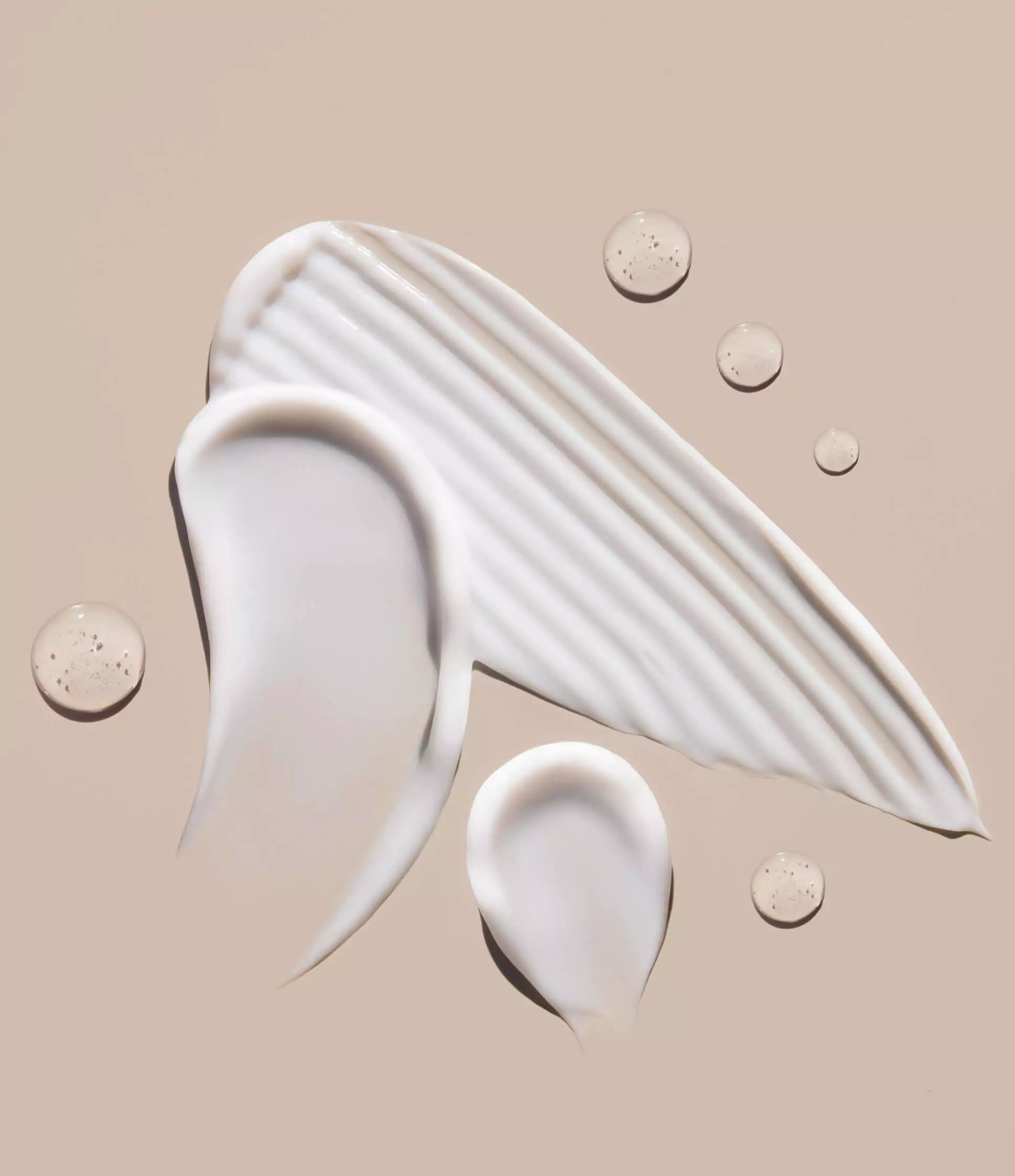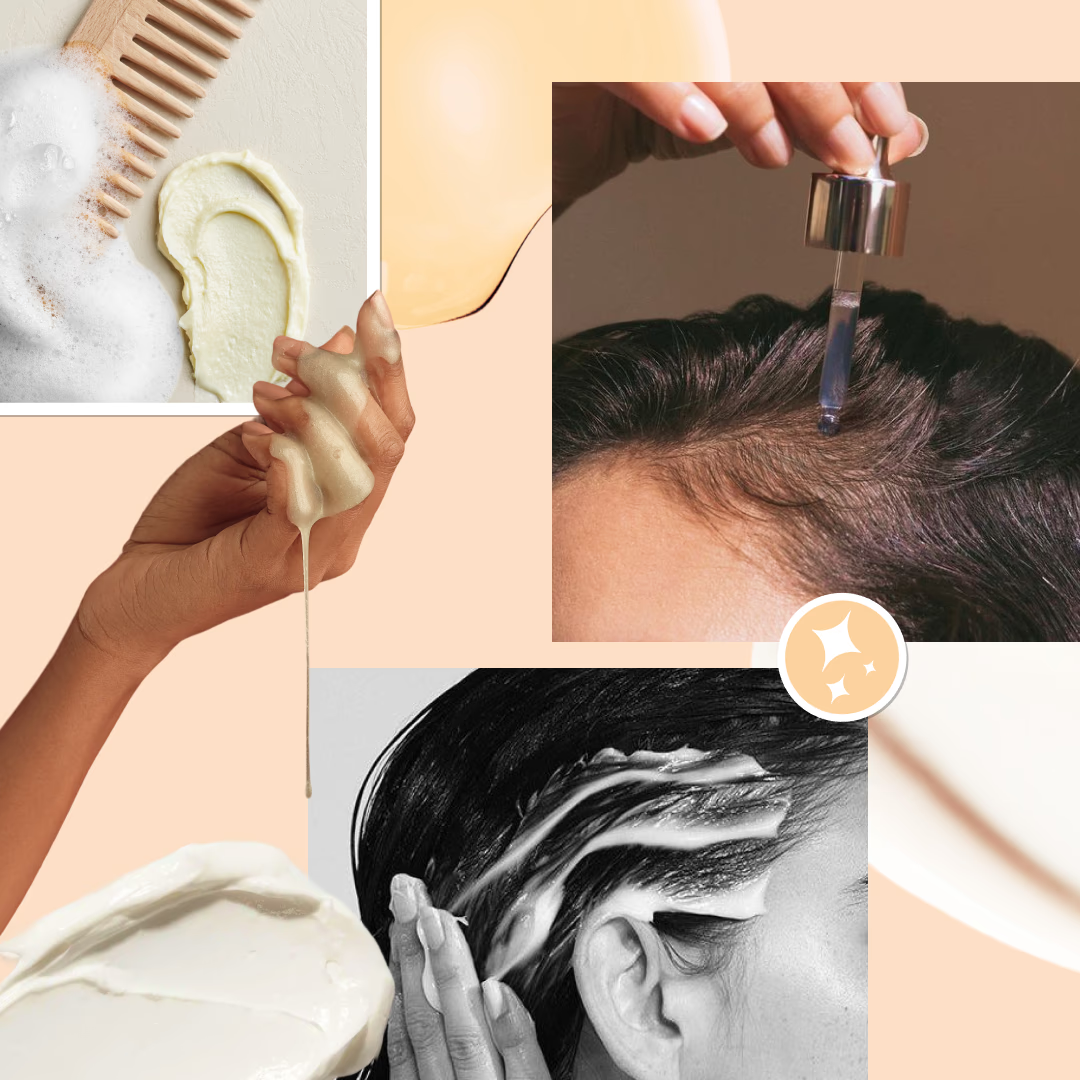
‘Strawberry legs’ has nothing to do with the fruit, despite its name. Instead, it's a common skin condition where hair follicles or pores become clogged with dead skin cells, oil or bacteria–resulting in small black dots resembling strawberry seeds. More common in people with deeper skin tones, strawberry legs are often caused by shaving, waxing or using harsh exfoliants like physical scrubs. While it's not an alarming concern, if you would like to reduce its appearance, it can be treated with proper care and maintenance. Regular, gentle exfoliation and moisturising can help smoothen the texture on your legs. Here’s everything you need to know about it.
The major factors that contribute to strawberry legs
If you’ve ever noticed bumpy skin around your thighs, knees and even shin, chances are they are caused by:
Ingrown hair
Hair follicles can become clogged with dead skin cells and sebum– making ingrown hairs and mild discolouration quite common.
Keratosis pilaris
This common skin condition causes small, rough bumps to appear on the skin. These can be red or brown in colour and are often mistaken for acne or pimples, even though they do not exhibit similar properties.
Dry skin
Skin that lacks nourishing lipids can become flaky and rough. This can lead to a rough, bumpy texture, leading to strawberry legs.
Shaving
While it’s a quick and easy solution to fuzzy legs, shaving runs the risk of irritation and inflammation of the hair follicles.
Genetics
If your family members have experienced this condition, you may as well.

How to treat strawberry legs
If you would like to smoothen the bumps on your legs, here are five things you can do.
1. Exfoliate regularly:
Use a gentle chemical exfoliant to gradually slough off dead skin cells and keep your pores unclogged. The best products for strawberry legs are body cleansers or lotions with glycolic, salicylic and lactic acids. While mostly safe to use, chemical exfoliants can make your skin more sensitive to the sun. So make sure to lather up with an SPF 30 or more if your legs are bare when you’re out and about on a sunny day.
2. Moisturise daily:
When your skin is left dry and defenceless, it can make the pores on your legs more noticeable. Keeping it hydrated can help make the skin look smoother and supple. Moisturising products for strawberry legs include ingredients like shea butter, jojoba oil or ceramides in your body moisturisers for maximum effect.
3. A retinoid cream can help:
Not just for your face, retinoids–a type of vitamin A–are beneficial to your body as well. They encourage a faster turnover of skin cells, preventing them from building up and causing bumpy, uneven skin. They are also anti-inflammatory in nature, so they reduce the appearance of redness and irritation, plus improve the overall texture of your skin. Check the labels for ingredients like retinol or adapalene, both of which are easily available in OTC products these days.
4. Let your skin breathe:
There’s no bigger enemy to smooth, bump-free skin than cutting off breathing room. Avoid subjecting your skin to friction from tight clothing on a day-to-day basis, especially on humid or sweaty days. Ensure that you opt for breathable fabrics like cotton and linen while shopping for pants.
5. Consider alternative hair removal methods:
As mentioned above, proper hygiene around hair removal is essential to avoid strawberry legs, especially if you're prone to ingrown hairs. Clinical treatments like laser hair removal can be a good option. They work by reducing the appearance of strawberry legs by arresting the speed of hair growth.







.webp)





















